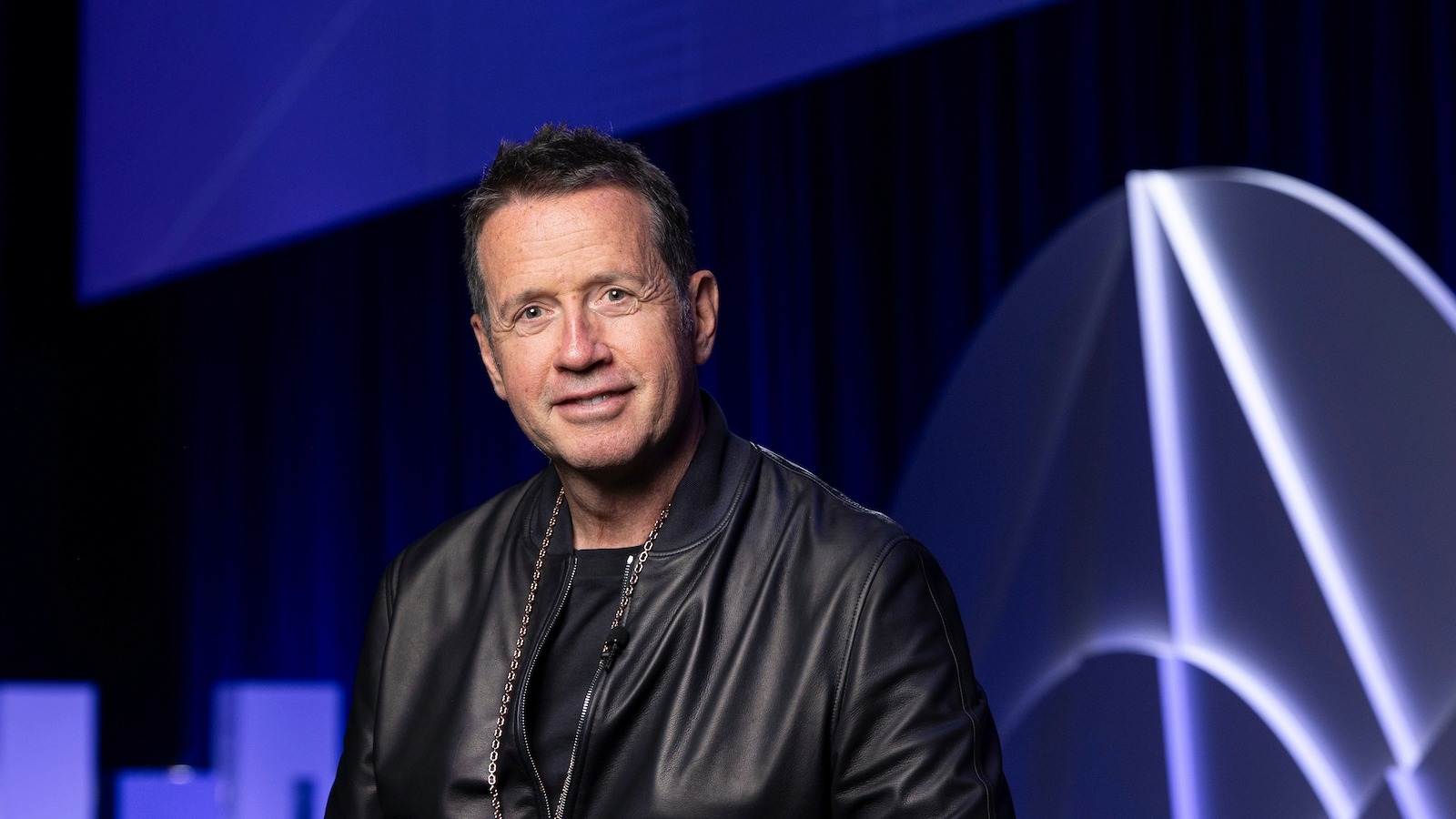
Georges Kern’s tenure marks the start of a new era for Breitling. The Swiss watch brand’s CEO has firmly set his sights on omnichannel commerce with the aim to provide a seamless customer experience both online and in-store.
Georges Kern is a man with a plan. Since taking over as chief executive of the Swiss watchmaker Breitling in September, the former Richemont executive has committed to a top-to-bottom overhaul of the historic brand that will leave virtually no element untouched—though he is quick to point out that innovation in the conventional product-driven sense of the term is not part of his playbook.
“Nothing here is new,” Kern said during a press breakfast at the Baselworld fair in March, referring to the 180-degree transformation he has embarked upon, including new product designs, a new advertising campaign set to bow in June, and a bold embrace of e-commerce. “We’ve just repackaged everything, hopefully with taste.”
Kern’s tenure at Breitling marks a new chapter for the 134-year-old brand. Founded by Leon Breitling in St. Imier, the watchmaker was acquired in 1979 by the Schneider family, which focused production on masculine pilot’s chronographs. The firm was one of the Swiss watch industry’s last remaining family-controlled brands until spring 2017, when Teddy Schneider sold an 80 per cent stake to London-based private equity group CVC Capital Partners. Kern, who was offered an undisclosed share in the deal, came on board a few months later in a surprise announcement.
“I’ve been in the industry for 25 years and I’ve just discovered Breitling,” he told a roomful of press in New York in late February, in the midst of a six-week-long roadshow in which he and his team traversed the globe—from Shanghai to Dubai, and multiple stops in between—to promote the brand’s new Navitimer 8 collection of pilot’s watches.

Image credit: Breitling. Image: Navitimer 8 Automatic with blue dial and stainless steel bracelet.
Although Kern bristles at comparisons to his former company, IWC Schaffhausen, where he served as chief executive from 2002 until last summer, the 53-year-old is, by all accounts, building the Breitling brand using similar tactics.
“I am 95 per cent sure he will redo the job he did at IWC,” says Alexander Linz, head of content at Watch Advisor, a website that covers the Swiss watch trade. “When he took over IWC, it was a small company manufacturing extremely technical, very masculine watches for a small audience. In terms of distribution, it was a niche player. Breitling was more or less the same. Now he’s opening it to the other 80 per cent of the population. He will look much more to the history of the brand, and work much more in its DNA.”
Indeed, Kern’s first order of business was simplifying Breitling’s unwieldy product structure, narrowing the number of lines and references to cut down on what he described as “visual pollution.”
“The brand was much too complicated,” Kern said. “So many rubber straps at Breitling, it was confusing. You’re knocked out by the visual complexity. Too much choice is no choice.”
Then he set about reorganizing the products into three tightly focused pillars—air, land, and sea—designed to extend Breitling’s reach beyond the aviation crowd. Using those pillars as a guide, he’s established four distinct collections: the Navitimer range of pilot’s watches, the Superocean line of dive watches, the Chronomat series of rugged timepieces designed to appeal universally, and a forthcoming line of elegant watches.

Image credit: Breitling. Image: Navitimer 8 Automatic with black dial and black leather strap.
All of the timepieces will range in retail price from $3,000 to $9,000, and the brand will no longer feature quartz models (not counting the handful of “instruments for professionals,” such as the iconic Emergency). “We don’t want to move upwards because other brands are much more qualified to do annual calendars,” Kern said. “Our field is chronographs—this is credibility. But we don’t want to go below, because this cheapens the brand.”
At the heart of the product redesign is a desire to make Breitling more appealing to Chinese buyers. “Why are we ignoring 50 per cent of the luxury market?” Kern said. “We need to make smaller and more traditional products because this is what they buy.”
While aviation, and the Breitling jet team, will remain a key touchstone for the brand, Kern wants to broaden the brand’s customer base to include fans of its vintage timepieces as well as female and first-time watch buyers. To that end, Breitling announced a new promotional concept at Baselworld centered on the concept of squads: By creating three-person groups whose members are all recognized masters in their respective fields—including cinema, exploration, and surfing—Kern believes the brand will be able to distinguish itself in a marketplace brimming with celebrity ambassadors.
“I believe in teams,” Kern said. “I don’t believe in individuals, especially in advertising—because everybody is doing individuals and nobody knows anymore which celebrity belongs to which brand. Having a team will make us different and will give us flexibility.”
Join Luxury Society to have more articles like this delivered directly to your inbox
Expect to see the squad campaign unfold digitally—because while Kern is a firm believer in the future of analog watches, he is convinced that “how we influence people will be digital,” he said. “Because this is how people behave and consume today. This is reality. If you miss this one, you’re dead.”
That philosophy includes a firm commitment to e-commerce—or rather, omnichannel commerce, which requires a seamless blend of physical stores and virtual platforms that allow consumers to decide where and when they want to buy.
“The purchase process might take months for a watch like Breitling,” Kern said. “You go to the airport, you test it; you go to the boutique, you put it on your wrist. Then the purchase act takes 30 seconds. And you need to be able to offer that possibility. That consumer needs to be able to buy that watch on Sunday morning at 2 o’clock if the guy wants it.”
There’s no denying the ambitiousness of Kern’s vision for Breitling. But given his track record at IWC—whose sales grew from around $40 million to just under $800 million during his tenure, according to Linz—don’t underestimate his ability to accomplish what he sets out to do.
“I expect him to be very successful,” Linz concludes. “Failure is not an option for him.”
Cover image credit: Breitling. Image: Georges Kern.










